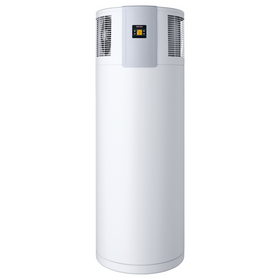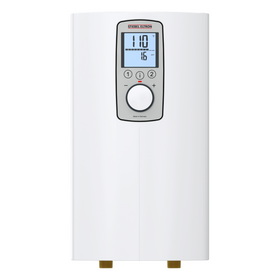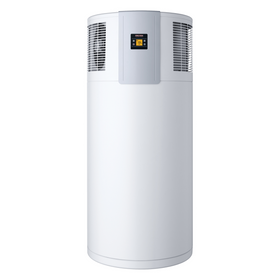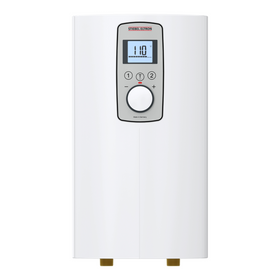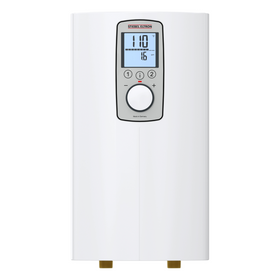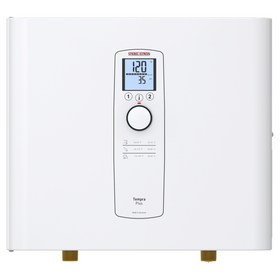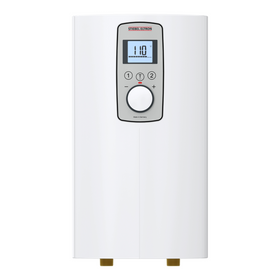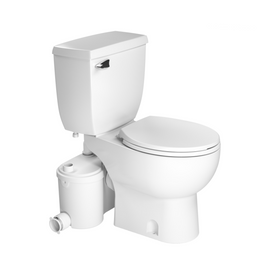- Home
What Home Water-Rating Programs Exist?
- Water Efficiency Rating Score (WERS)
- Water Rating Index (WRI)
- NGBS Green + Zero Water
- WaterSense Home
- HERSH20
- Florida Water Star
WERS provides both a final score and the number of gallons a home can expect to use. This score gives builders a tool to negotiate with local water districts and offers homeowners an estimate of what they may pay for water. Its performance-based flexibility "allows for the inherent tradeoff possibilities that builders like," says Shanahan, opening the door to innovative technologies.
The WERS system has been or is being considered for use as a compliance path for local codes, incentive programs, and green-building certifications in several places, including Austin, Santa Barbara, and Vermont. It is also currently being integrated into Built Green Canada's BUILT GREEN home certification.
Because HERS H20 calculations utilize American National Standards Institute (ANSI) standards, it does not account for rainwater collection or greywater, for which ANSI has not established benchmarks. For now, HERS H20 is limited to single-family homes and duplexes but will include multifamily homes when it's revised in 2023, Meres said.
Approximately 500 homes were rated under a pilot program that launched in October 2020. Meres expects the program to certify 3,000 to 5,000 more homes this year and eventually 55,000 to 75,000 homes annually, equal to about a quarter of the homes that gain HERS energy certification. While the rating can apply to existing homes, 98 percent of HERS-rated homes are new construction, a pattern Meres expects HERS H20 to mirror.
How Much Does it Cost to Have a Home Water Rated?
The administrative costs of most water use programs are covered by fees paid for the green building programs of which they are a part. For example, administrative fees for the National Green Building Standard, of which WRI is a part, range from $100 for a single-family home to more than $300 for a multifamily project. A verifier or rater required to confirm the home meets the standard could cost the builder an additional $400 to $1,000.
It's estimated that homes built to third-party green certifications can cost 1 percent to 5 percent more to build. But builders can add water efficiency with little incremental cost. Because most rating systems are based on performance goals rather than specific features, builders have flexibility in how they reach certification goals.
Still, many other elements called for in these programs, like low-flow fixtures and native plantings, can help save water in any house, regardless of its age. For example, fixing common leaks alone can save about 10 percent on your water bill, according to the EPA. A water rating is a valuable tool for new-home owners to spell out future water usage in black and white. For owners of older homes, they can serve as a guide to some steps you can take to move in the right direction.



